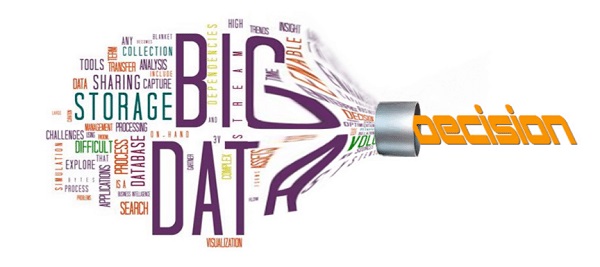These 4 Data Analytics Trends Will Dominate 2018

Together with AI, social, mobile and cloud, analytics and associated data technologies have emerged as core business disruptors in the digital age. As companies began the shift from being data-generating to data-powered organizations in 2017, data and analytics became the center of gravity for many enterprises. In 2018, these technologies need to start delivering value. Here are the approaches, roles and concerns that will drive data analytics strategies in the year ahead.
Data lakes will need to demonstrate business value or die
Data has been accumulating in the enterprise at a torrid pace for years. The internet of things (IoT) will only accelerate the creation of data as data sources move from web to mobile to machines.
“This has created a dire need to scale out data pipelines in a cost-effective way,” says Guy Churchward, CEO of real-time streaming data platform provider DataTorrent.
For many enterprises, buoyed by technologies like Apache Hadoop, the answer was to create data lakes — enterprise-wide data management platforms for storing all of an organization’s data in native formats. Data lakes promised to break down information silos by providing a single data repository the entire organization could use for everything from business analytics to data mining. Raw and ungoverned, data lakes have been pitched as a big data catch-all and cure-all.
But while data lakes have proven successful for storing massive quantities of data, gaining actionable insights from that data has proven difficult.
“The data lake served companies fantastically well through the data ‘at rest’ and ‘batch’ era,” Churchward says. “Back in 2015, it started to become clear this architecture was getting overused, but it’s now become the Achilles heel for realreal-time data analytics. Parking data first, then analyzing it immediately puts companies at a massive disadvantage. When it comes to gaining insights and taking actions as fast as compute can allow, companies relying on stale event data create a total eclipse on visibility, actions, and any possible immediate remediation. This is one area where ‘good enough’ will prove strategically fatal.”
Monte Zweben, CEO of Splice Machine, agrees.
“The Hadoop era of disillusionment hits full stride, with many companies drowning in their data lakes, unable to get a ROI because of the complexity of duct-taping Hadoop-based compute engines,” Zweben predicts for 2018.
To survive 2018, data lakes will have to start proving their business value, says Ken Hoang, vice president of strategy and alliances at data catalog specialist Alation.
“The new dumping ground of data — data lakes — has gone through experimental deployments over the last few years, and will start to be shut down unless they prove that they can deliver value,” Hoang says. “The hallmark for a successful data lake will be having an enterprise catalog that brings information discovery, AI, and information stewarding together to deliver new insights to the business.”
Read the source article at CIO.com.
